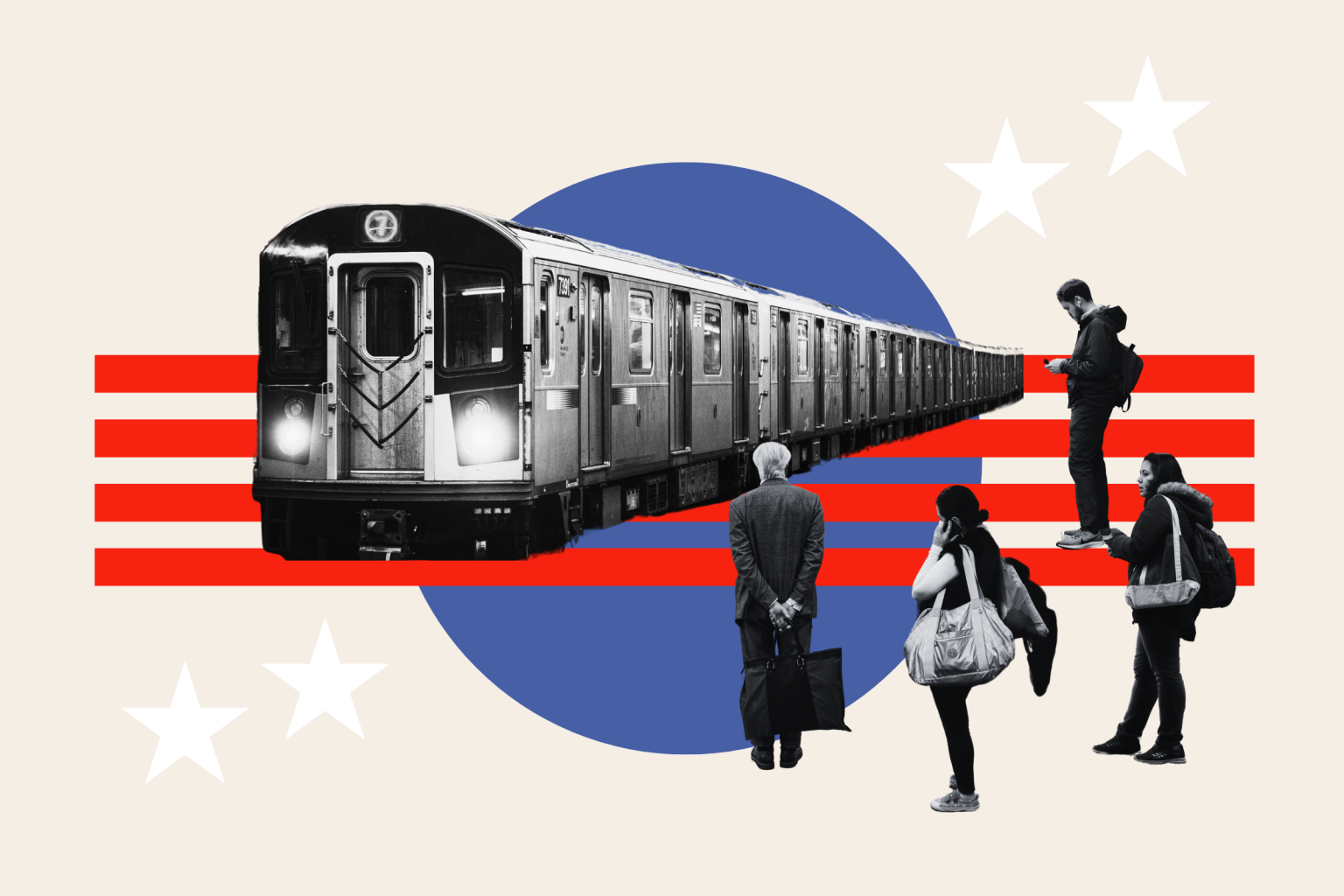Amtrak, America’s national passenger railroad service, experienced unprecedented ridership growth in 2024, setting a new all-time record of over 32.8 million passengers, a significant 15% increase from the previous year. This surge in demand, coupled with a record-breaking $2.5 billion in ticket revenue, a 9% year-over-year increase, underscores a renewed interest in passenger rail travel across the United States. The confluence of factors contributing to this remarkable growth includes strategic investments in infrastructure modernization and expansion, a heightened awareness of sustainable transportation options, and increasing frustration with road congestion, particularly in densely populated areas. Amtrak’s leadership views this success as not only a reflection of the inherent need for train travel in the U.S., but also a testament to the company’s long-term vision and strategic planning.
Amtrak’s proactive investment strategy has played a crucial role in enhancing its services and attracting new riders. The company allocated $4.5 billion towards major infrastructure upgrades, including improvements to bridges, tunnels, and station facilities, enhancing both safety and accessibility. Further bolstering these efforts, Amtrak secured over $10 billion in competitive federal grants earmarked for current and future projects. This financial commitment has allowed for the launch of new temporary train services and the expansion of existing routes, all part of a broader initiative to double ridership to 66 million by 2040. These investments underscore Amtrak’s commitment to improving service reliability, increasing capacity, and modernizing its network to meet the growing demand for passenger rail.
Transportation experts view Amtrak’s resurgence as a positive indicator of the vital role passenger rail plays within the larger U.S. transportation ecosystem. Susan Shaheen, a professor at UC Berkeley, emphasizes Amtrak’s ability to connect urban and rural communities, providing essential access to healthcare, education, and economic opportunities. This connectivity fosters regional development and strengthens local economies. Furthermore, the increasing preference for rail travel reflects a growing public awareness of sustainable transportation options, as individuals seek alternatives to carbon-intensive modes of travel. Amtrak’s growth aligns with the broader shift towards environmentally conscious choices and a desire for more sustainable travel alternatives.
The rise in Amtrak ridership also highlights the significant, and growing, problem of road congestion, particularly in heavily populated areas. As urban centers become more congested, commuters and travelers alike are increasingly seeking alternative modes of transportation. Professor Ian Savage of Northwestern University points out that the sixfold increase in motor vehicle registrations since 1950, coupled with population growth, has transformed once free-flowing interstate highways into congested thoroughfares. This congestion pushes individuals to explore other options, and rail travel has emerged as a particularly attractive alternative, especially for medium-distance trips between 200 and 250 miles where driving has become increasingly time-consuming and frustrating.
Amtrak’s success in 2024 signals a potential paradigm shift in American transportation preferences. As road congestion continues to plague urban areas and environmental concerns become more prominent, the demand for sustainable and efficient transportation options is likely to continue to grow. Amtrak’s investment in infrastructure modernization, coupled with its focus on expanding services and improving the passenger experience, positions the company to capitalize on this trend. The growing popularity of rail travel is not simply a nostalgic return to the past, but rather a forward-looking response to present-day challenges, offering a more sustainable, convenient, and often more enjoyable way to travel.
The future of Amtrak appears bright, with continued investment and expansion planned to further meet the growing demand for passenger rail service. The company’s strategic vision, combined with the increasing public recognition of the benefits of rail travel – from reduced congestion and environmental impact to enhanced connectivity and community development – suggests that Amtrak will continue to play an increasingly vital role in the nation’s transportation landscape. This renewed interest in rail travel is not a fleeting trend, but rather a reflection of evolving priorities and a growing understanding of the importance of sustainable and efficient transportation for the future.

